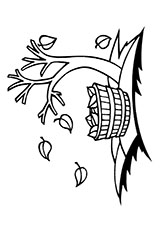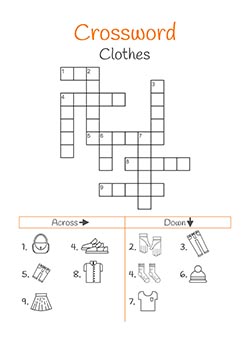An excellent educational activity for children is to trace drawings along the dotted lines. On this page you will find many such drawings that can be printed on A4 sheets. You can download any picture as a separate JPG file of good quality.
Download dotted line drawings
Girl |
Boy |
 |
 |
Child |
Football player |
 |
 |
Woman |
Young woman |
 |
 |
Guy |
Surfer |
 |
 |
 |
Animals dotted lines
Donkey |
Camel |
 |
 |
Dog |
Puppy |
 |
 |
Cat |
Lion |
 |
 |
Piggy |
Marmot |
 |
 |
Cow |
Spider |
 |
 |
Mouse |
Fox |
 |
 |











